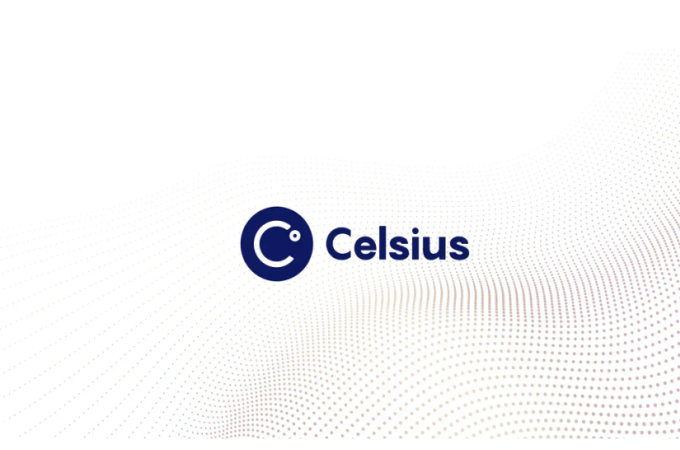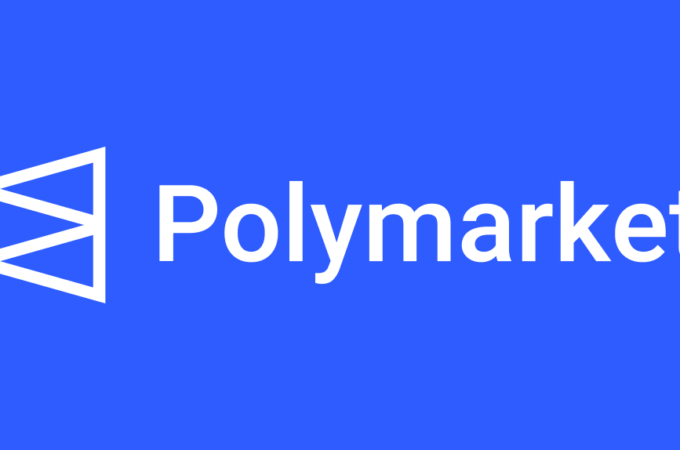
How Does Purchase Order Financing Differ from Invoice Financing?
Many people dream of starting their own business but statistics reveal that only a few have what it takes to operate a successful business. Running a company means you must be ready to face the challenges that come your way. And one of the most common problems entrepreneurs face is issues with cash flow.
If your company processes invoice payments, this means you often wait for weeks or even months to collect revenue on a completed project, which causes issues with cash flow. On the contrary, you may not have enough working capital to start a new project at all. Whatever the case, you may want to consider invoice financing or purchase order financing for startups.
There are numerous business owners who do not know the difference between the two forms of financing. To give you a clear picture, invoice financing bridges cash flow gaps caused by delayed invoice payments. On the other hand, purchase order financing is used to buy supplies needed to fulfill customer orders.
Purchase Order Financing for Startups
Purchase order financing is a funding solution for business owners who need additional working capital to fulfill customer orders. Once approved, the lending company will pay your supplier so they can manufacture and deliver the products to your customers.
Here’s how it works:
- The seller (you) receives a purchase order from your customer.
- You send a copy of the purchase order to your supplier and they send you a quote.
- You realize that you don’t have enough working capital to fulfill your customer’s order, so you turn to purchase order financing.
- The lender you’re working with will pay your supplier.
- The supplier will manufacture and deliver the orders to your customer. Perth courier companies are usually the ones they collaborate with for delivery services.
- Once your customer receives the goods, you then send them an invoice.
- Your customer pays the invoice directly to the lender.
- The lender subtracts certain fees before sending the payment to you.
How to Qualify for Purchase Order Financing for Startups
Lending companies are more concerned with the intangibles around your business rather than your finances. Since your customer will only pay once the work is complete, lenders need to make sure you’re going to deliver the goods.
To qualify for purchase order financing, you need to demonstrate a good payment history, profit margins of at least 15% to 20%, as well as healthy cash flow for basic business needs. Outsourced CFO services can help a business determine how to increase revenues. This shows lenders that your business is growing steadily. However, lenders will check the relationship you have with your supplier. Your business should also operate in the b2b industry and you should only sell tangible goods.
Invoice Financing for Startups
Invoice financing allows business owners to sell pending invoices at a discount to a third-party company. Once qualified, the invoice financing company can give you up to 90% of your total invoice value within 24 to 48 hours. You don’t have to worry about payment collection since the lending company will collect invoice payments for you.
Once your customers pay their invoices, the financing company will deduct transaction fees before sending the remaining percentage to you. With this type of financing, you don’t have to wait for 30, 60, or 90 days to receive payment for the work you’ve completed. You can use the funds from invoice financing for almost every type of business expense.
How to Qualify for Invoice Financing for Startups
Invoice financing lenders are more concerned with your customer’s financial history and credit rating rather than yours. After all, they’re the ones paying for the invoices. Qualifying for invoice financing is relatively easy compared to more traditional forms of funding. As long as you have invoices to sell and you have creditworthy customers, you will most likely qualify for invoice financing.
Invoice Financing or Purchase Order Financing for Startups?
When determining the best type of loan for your business, there are two main factors to consider:
- The reasons why you need the loan.
- The type of loan your company can qualify for.
Once you figure out why you need a loan, you can then narrow down your loan options. For example, if you’re receiving invoices but you can’t afford to wait for weeks or months to get paid, invoice financing can be a great option.
However, be sure that your clients have a good financial standing. On the other hand, if you receive a large purchase order and you don’t have the means to fulfill it, you can apply for purchase order financing and gain access to additional working capital.





